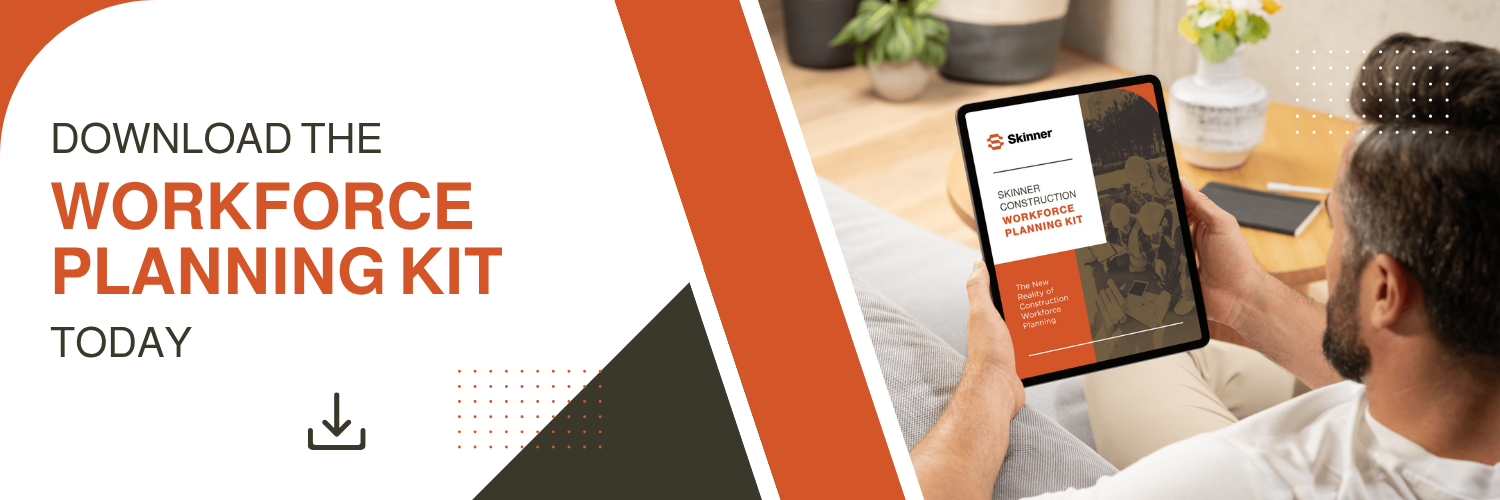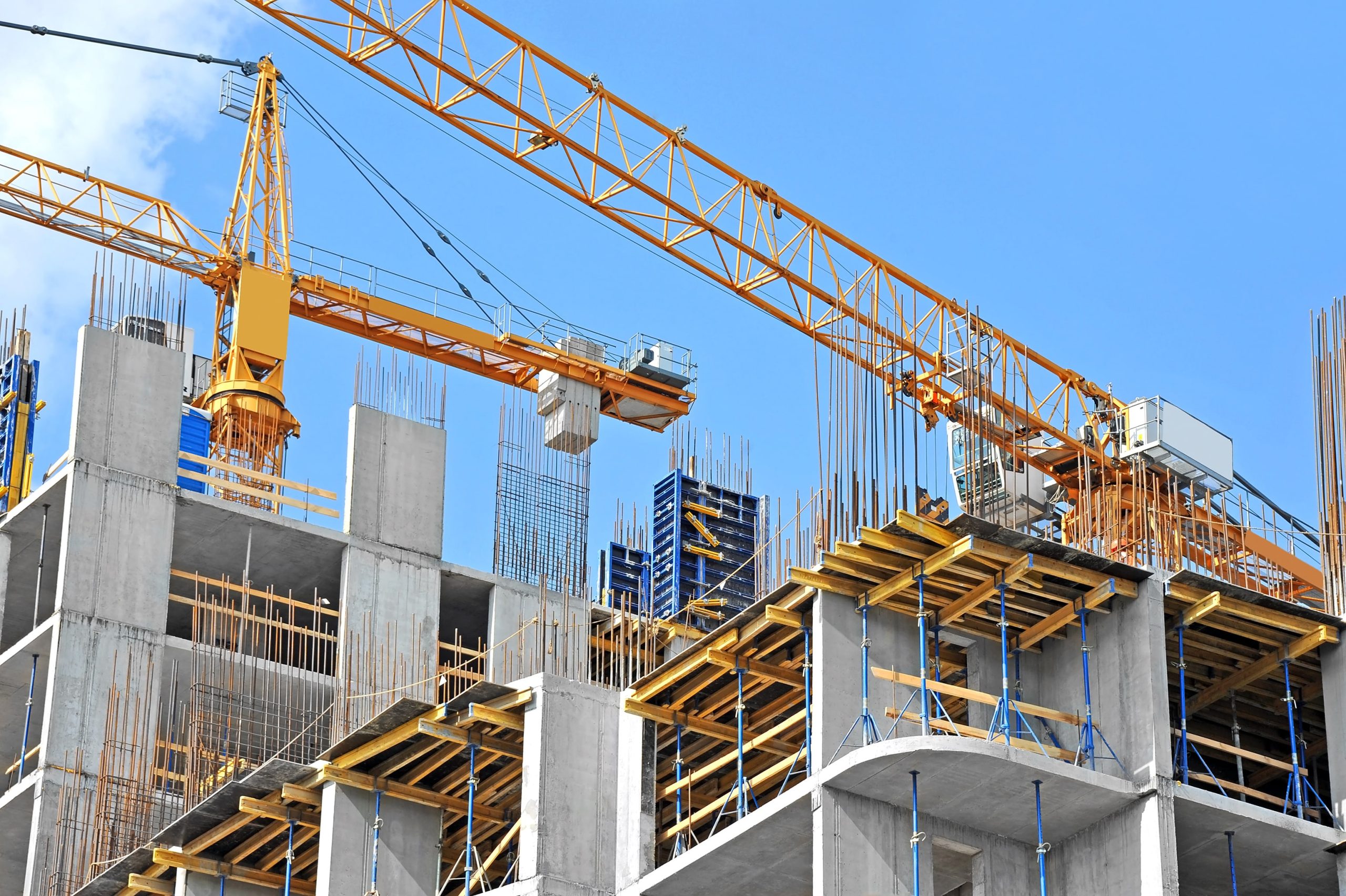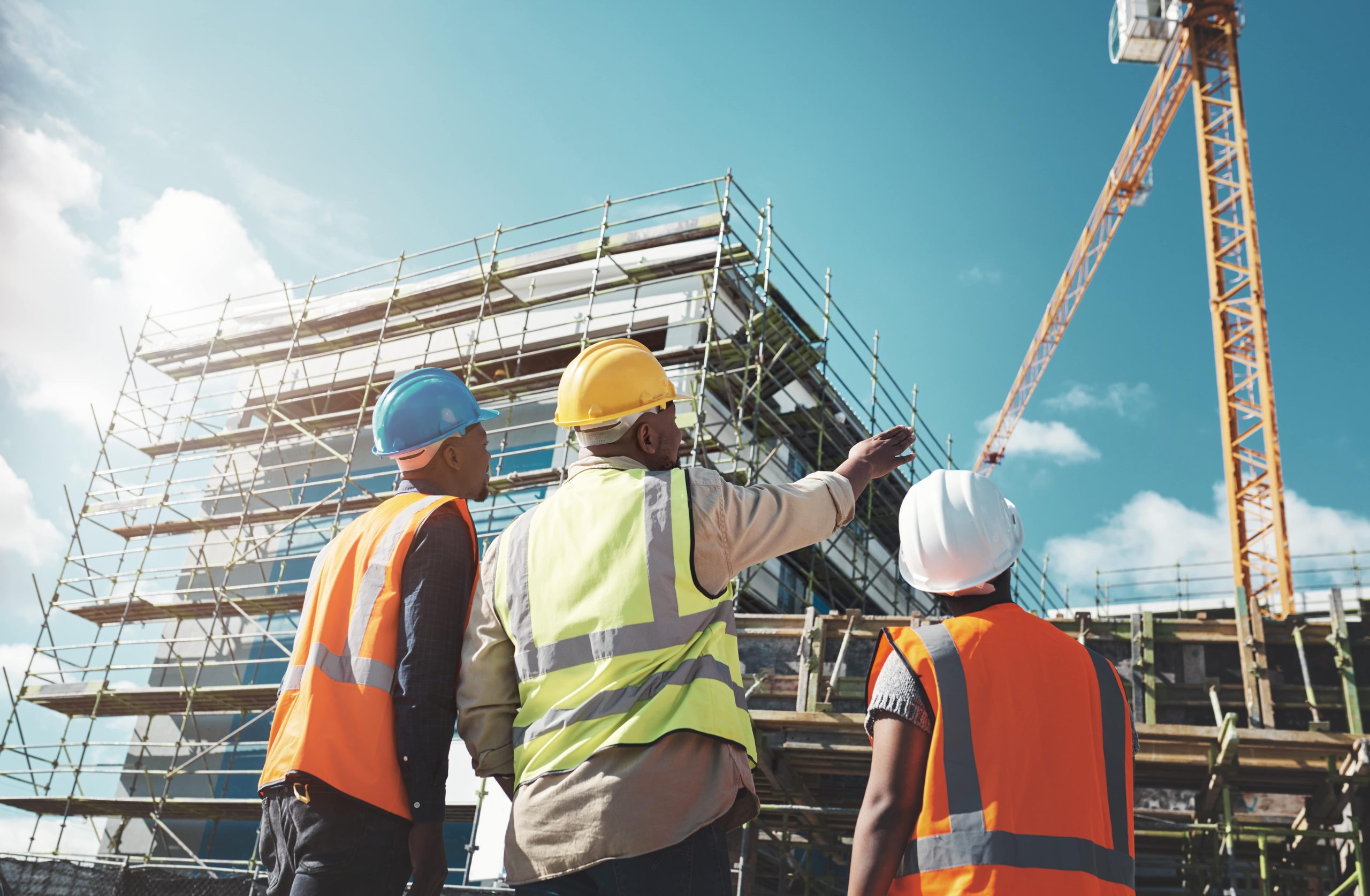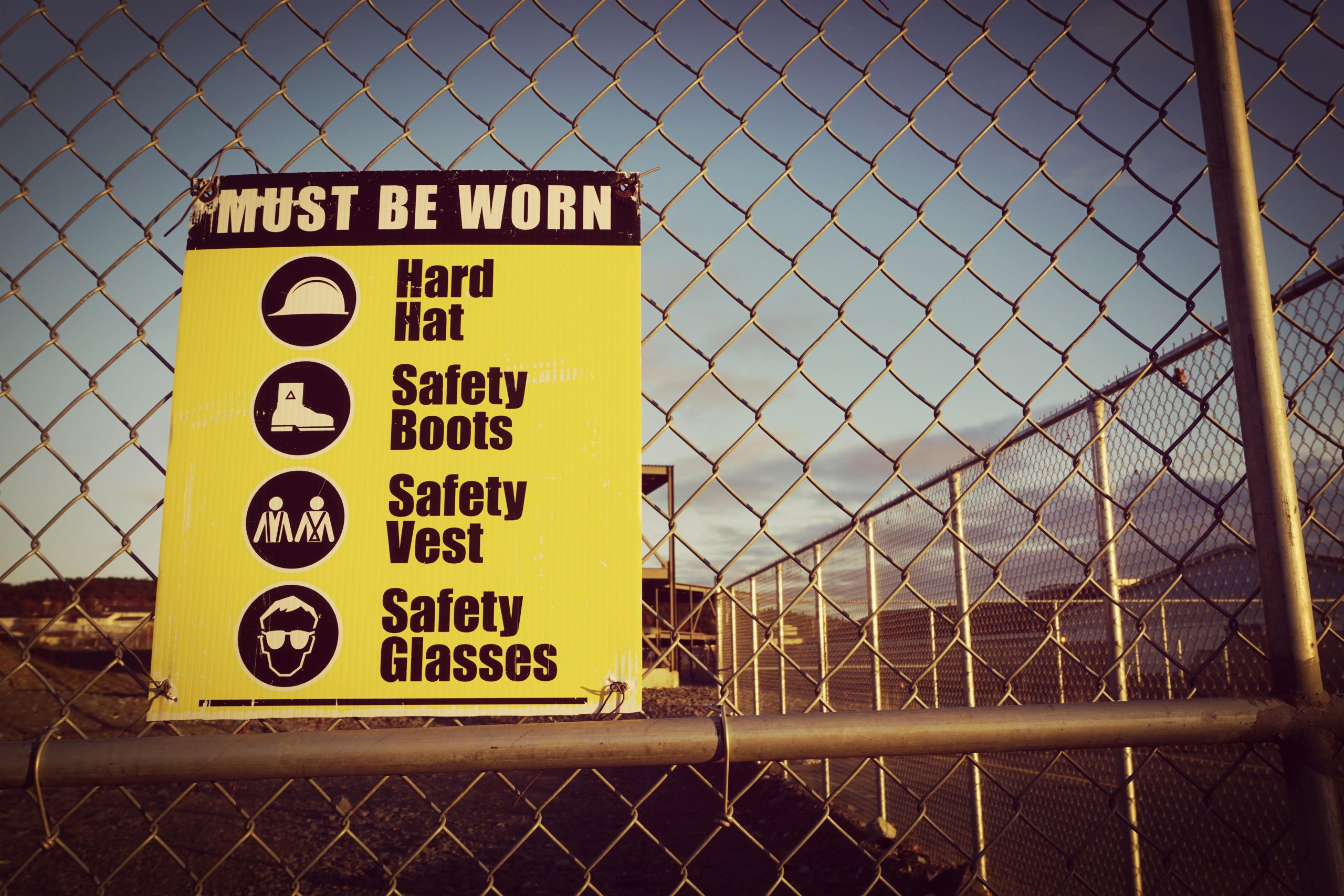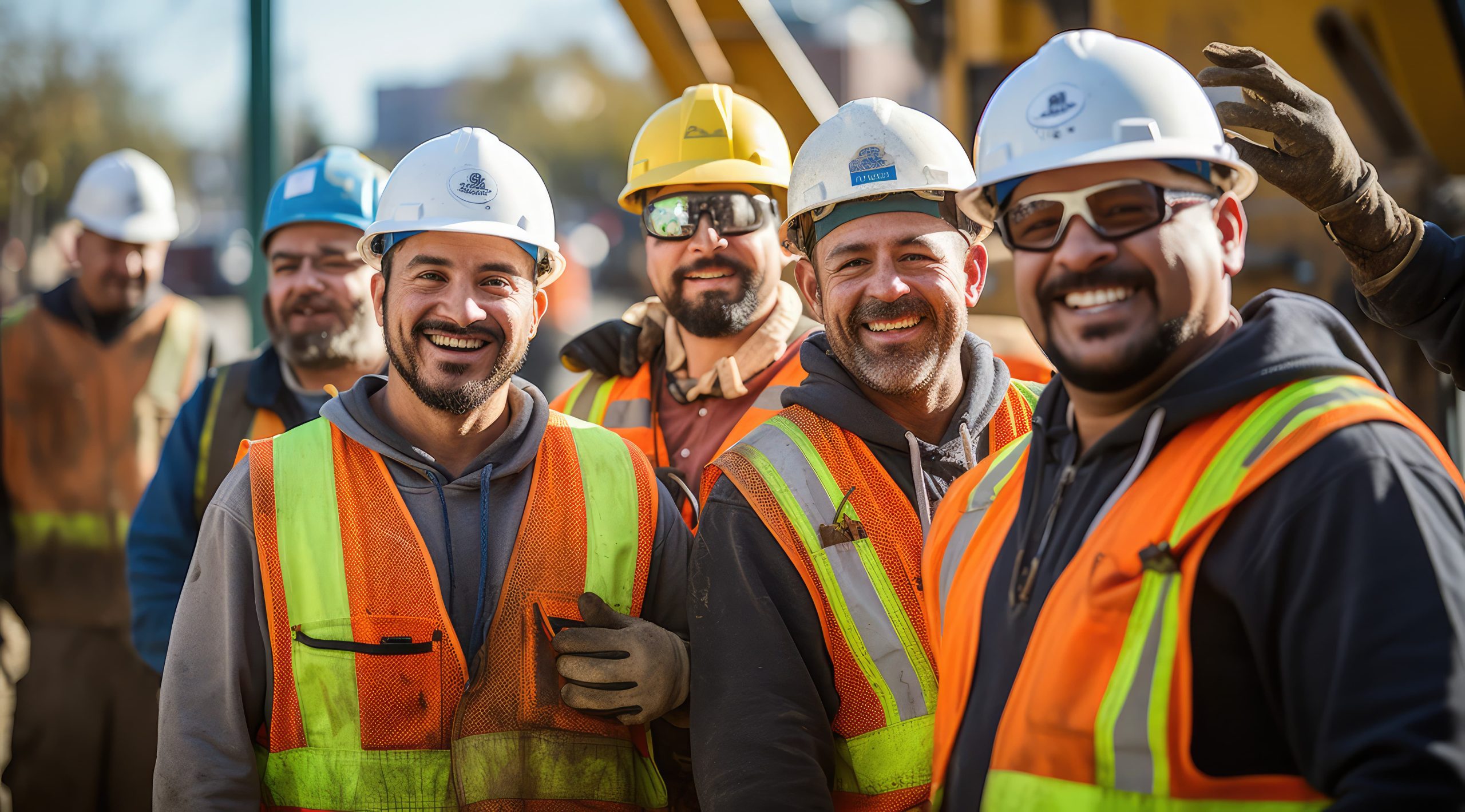The phone rings. It's your biggest client with great news—they want to move forward with that $2 million project you've been waiting on for months. You should be celebrating, but instead, you're running mental calculations: Do I have enough skilled workers? Can I pull a crew together without burning out my core team? How long will it take to find the specialists we need?
If this scenario sounds familiar, you're not alone. Construction firms across Texas are caught in a perfect storm: economic uncertainty has everyone acting cautiously in the short term, but the long-term reality is that skilled workers are harder to find than ever before.
[insert download planning kit banner image/button & hyperlink to landing page]
The Numbers Tell the Story
While project delays have given some firms breathing room, the underlying workforce crisis is only getting worse:
- Rising retirements: Experienced workers continue leaving the industry faster than new ones enter
- Wage inflation: Our data shows construction wages jumping above $20/hour across trades, reaching $40/hour for the hardest-to-fill positions
- Retention struggles: The Associated Builders and Contractors reports that millions of workers who quit construction never return to the industry
The construction firms thriving today aren't the ones with the best equipment or the fanciest project management software—they're the ones who've figured out how to scale their workforce up and down quickly without sacrificing quality.
Beyond the Reactive Hiring Trap
Most construction firms are still stuck in reactive mode: "We got the project, now let's find people." But the companies positioning themselves for long-term success are thinking differently. They're asking:
- What's our optimal mix of permanent versus temporary workers?
- How do we maintain relationships with skilled trades workers between projects?
- What early warning signs should trigger our workforce adjustments?
- How do we keep our best people engaged when competition for talent is fierce?
Your Workforce Is More Than Just Bodies on Site
Think of your ideal construction team like a well-built structure. You need:
The Foundation: Your core team of skilled trades workers and supervisors who maintain your standards and keep operations running smoothly.
The Framework: Flexible temporary workers, subcontractors, and specialists who provide stability when demands fluctuate.
The Support System: A reliable talent pipeline that connects you with pre-screened workers exactly when you need them.
But here's what most firms get wrong: they focus too much on the foundation and not enough on building the framework and support systems that make real agility possible.
The Hidden Costs of Poor Workforce Planning
When you're scrambling to find workers at the last minute, you're not just dealing with recruitment headaches. You're facing:
- Premium wages for emergency staffing situations
- Project delays that damage client relationships
- Core team burnout from excessive overtime
- Quality issues from rushing new hires onto projects
- Lost opportunities when you can't take on profitable work
The most expensive workforce decision isn't investing in better planning—it's continuing to operate without a strategy.
What the Best Firms Do Differently
Leading construction companies don't just react to workforce needs; they anticipate them. They use scenario planning to prepare for multiple futures, budget specifically for retention initiatives, and maintain ongoing relationships with contingent workers who want to come back.
They understand that workforce planning isn't an HR task—it's a competitive advantage that determines which firms can say "yes" to profitable opportunities and which ones have to pass.
Ready to Build Your Workforce Advantage?
The construction firms that emerge strongest from today's challenges will be those that view workforce planning as strategic, not administrative. Whether you're preparing for the next boom cycle or navigating current uncertainties, having the right people strategy makes all the difference.
We've developed a comprehensive Workforce Planning Kit that shows you exactly how to build this advantage for your company. Inside, you'll discover:
- How to assess and optimize your workforce model for maximum flexibility
- A step-by-step scenario planning process that prepares you for any market condition
- Proven retention strategies that keep your best workers coming back
- Specific tactics for maintaining strong relationships with contingent workers
- Real-world examples and templates you can implement immediately
Don't let workforce challenges determine your company's future. Download our complete Construction Workforce Planning Kit and start building the agile team strategy that will keep your projects moving forward, no matter what the market brings.
